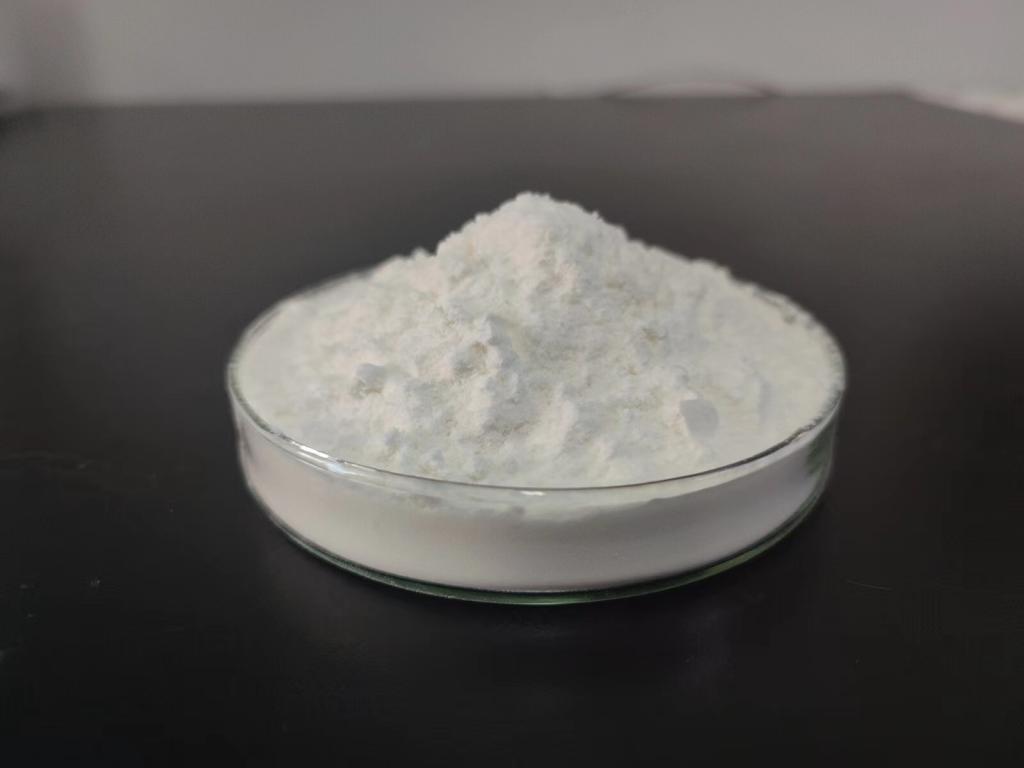Tel:0086 18231198596

News
Current Position:
Home >
News
>Unlocking the Potential of ε-Polylysine Hydrochloride in Water Treatment.
Unlocking the Potential of ε-Polylysine Hydrochloride in Water Treatment.
TIME:2024-06-07
Antimicrobial Mechanisms of ε-Polylysine Hydrochloride
Disruption of Microbial Cell Membranes:
ε-PL exerts antimicrobial activity by disrupting microbial cell membranes through electrostatic interactions and membrane permeabilization.
Its cationic nature enables it to bind to negatively charged components of microbial cell walls, leading to membrane destabilization and leakage of intracellular contents.
Inhibition of Microbial Growth and Reproduction:
ε-PL inhibits microbial growth and reproduction by interfering with essential cellular processes, including cell division, protein synthesis, and nucleic acid metabolism.
Its broad-spectrum activity encompasses bacteria, fungi, algae, and viruses commonly found in water sources, making it effective against diverse microbial contaminants.
Applications in Water Treatment
Disinfection and Microbial Control:
ε-PL can be used for disinfection and microbial control in drinking water treatment, wastewater treatment, and recreational water facilities.
Its efficacy against pathogenic bacteria such as Escherichia coli, Salmonella spp., and Legionella pneumophila reduces the risk of waterborne diseases and outbreaks.
Biofouling Prevention:
In water treatment systems and pipelines, ε-PL inhibits biofilm formation and biofouling by preventing microbial adhesion and colonization on surfaces.
Its use in membrane filtration systems and cooling towers helps maintain system efficiency and prolong equipment lifespan.
Algal Bloom Control:
ε-PL effectively controls algal blooms in freshwater bodies such as lakes, reservoirs, and ponds by disrupting algal cell membranes and inhibiting algal growth.
Its application in algal bloom management reduces the risk of water quality deterioration and harmful algal toxin production.
Environmental Sustainability and Biodegradability
Biodegradability and Environmental Safety:
ε-PL is biodegradable and environmentally safe, offering advantages over conventional chemical disinfectants and antimicrobial agents.
Its degradation products are non-toxic and pose minimal risk to aquatic ecosystems, soil microorganisms, and human health.
Green Technology and Sustainable Practices:
Incorporating ε-PL into water treatment processes promotes green technology and sustainable practices by reducing reliance on chemical disinfectants and minimizing environmental impact.
Its compatibility with existing water treatment infrastructure and practices facilitates its adoption and integration into sustainable water management strategies.
Challenges and Future Directions
Optimization of Formulations and Dosage:
Further research is needed to optimize ε-PL formulations and dosage regimens for different water treatment applications and environmental conditions.
Controlled-release formulations, encapsulation technologies, and surface modifications enhance ε-PL stability, efficacy, and longevity in water matrices.
Integration with Conventional Treatment Methods:
Integrating ε-PL with conventional water treatment methods such as chlorination, ozonation, and filtration enhances treatment efficiency and microbial control.
Combined approaches leveraging the synergistic effects of ε-PL with existing treatment technologies improve water quality and safety outcomes.
Regulatory Approval and Standardization:
Obtaining regulatory approvals and standardizing ε-PL-based water treatment protocols require compliance with regulatory guidelines and industry standards.
Collaborative efforts between researchers, industry stakeholders, and regulatory agencies facilitate the development and implementation of ε-PL-based water treatment solutions.
Conclusion
ε-Polylysine hydrochloride holds great promise for addressing water treatment challenges and ensuring access to clean and safe water resources. Its antimicrobial efficacy, biodegradability, and environmental safety make it a valuable asset in the quest for sustainable water management practices. By harnessing its potential in disinfection, biofouling prevention, and algal bloom control, researchers and water treatment professionals can contribute to safeguarding public health, preserving ecosystems, and promoting environmental sustainability. Continued research, innovation, and collaboration are essential for unlocking the full potential of ε-PL in water treatment and realizing its benefits for communities worldwide.

 CONTACT
CONTACT




